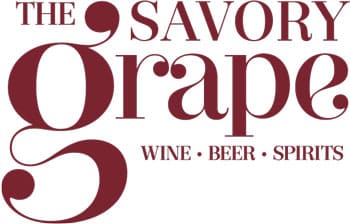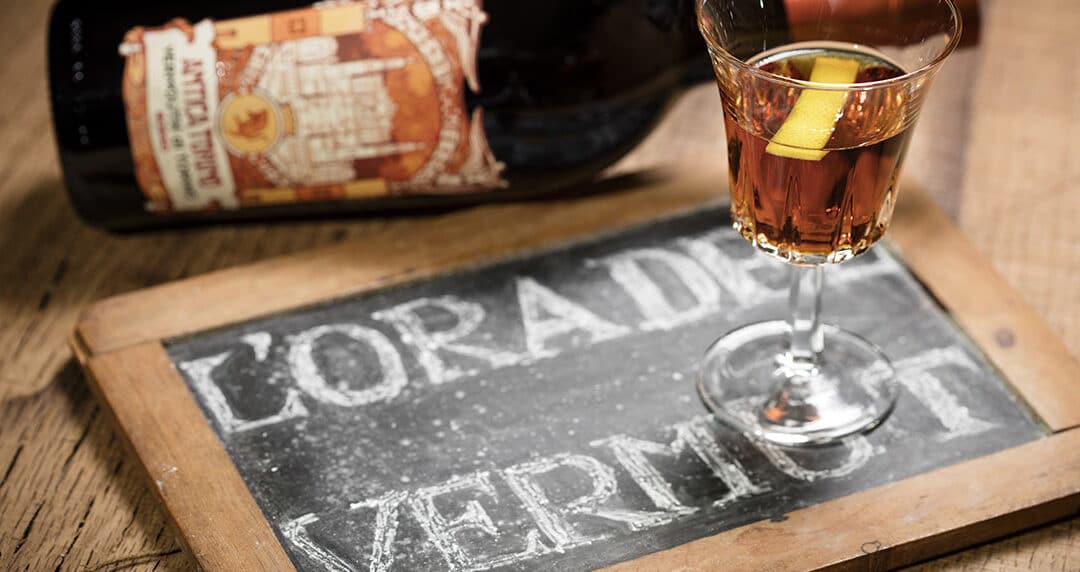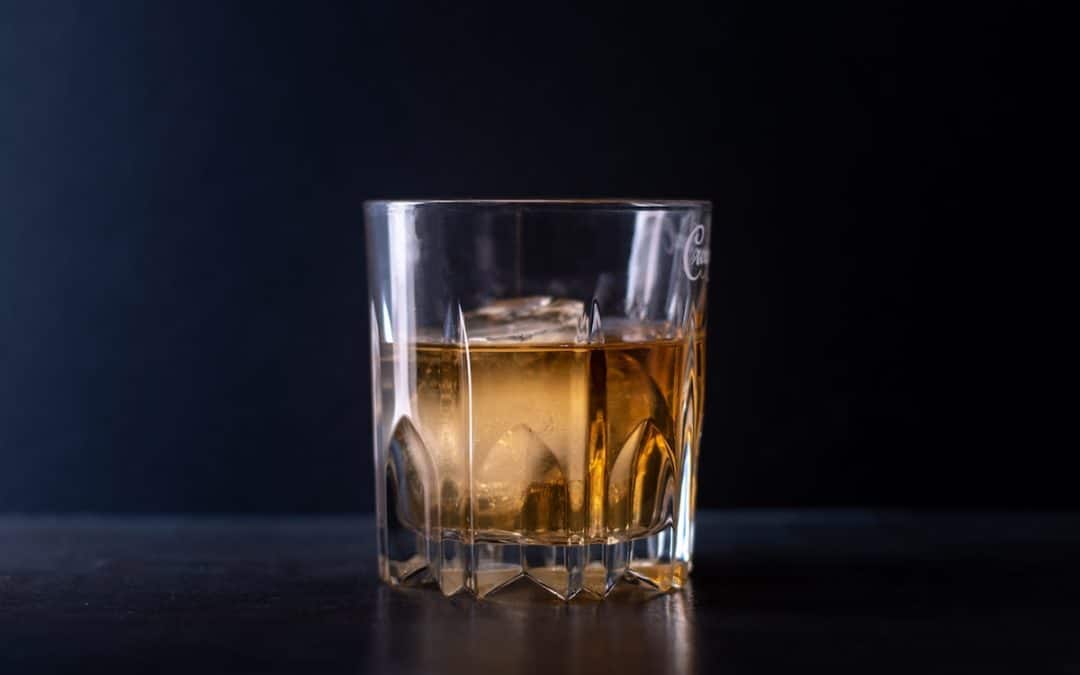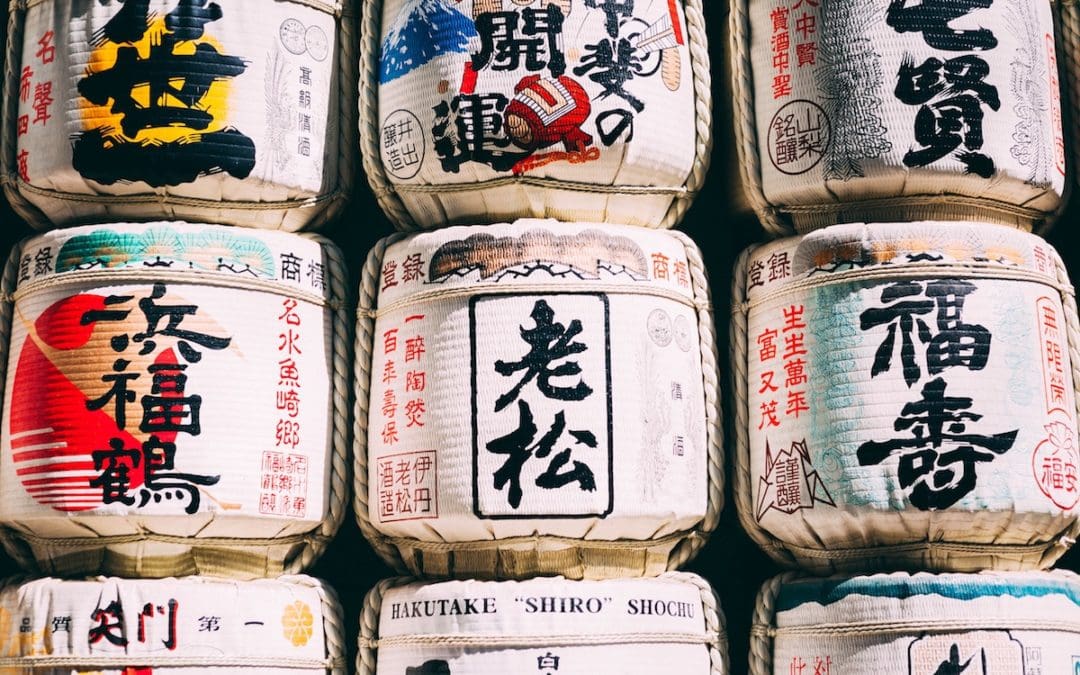The art of enjoying wine, craft brews or spirits can come with the dubious task of articulating what you smell or taste. Think about how many times you may have struggled to find the words to
describe what you like…umm-hmm, thought so! Describing requires a team effort – nose, tongue and brain – to pick up scents and tastes and translate that to words. Not easy, which is why people most often say “I have no idea how to describe what I like, but I can tell you brands I like.”
Here is where we come in. There are no wrong words. Tasting is subjective – we all have different taste perceptions and words to describe that. So enjoy this glossary of terms and some of our commentary.
Acidity: an essential ingredient, necessary to keep beverages fresh; acidity is often perceived as a level of zinginess. It helps balance sweet wines by preventing them from being overly-sweet.
Aroma (or “Nose”): the primary smells in the glass. As the adage goes, “The nose knows.” The human nose can differentiate between thousands of scents, and it’s the nose that allows us to get a handle on various flavors. The tongue is limited and just differentiates sweet, sour, bitter and salty.
Body: the fullness and mouthfeel. Think of body like milk’s body (skim, 2%, whole). Light-body (like skim) has less weight, while full-body (like whole milk) would be notably more concentrated.
Bouquet: refers to scents on the nose. (But we also like bouquets of flowers.) Bourbon: something we love. Just wanted to make sure you were reading!
Buttery: aromas and flavors that suggest butter – rich flavor and the reminiscent oily feel of butter. Complex: something that has a lot going on in terms of aromas, flavors and concentration.
Dry: presenting no sweetness at all. Not to be confused with bitterness or sourness. Earthy: aromas and flavors that suggest wet earth or minerals.
Finish: amount of time a flavor lingers on the palate after the drink is swallowed.
Flabby: no it doesn’t mean you need to work out. It means a beverage having no structure. Hops: a flavoring agent in beer that often imparts a bitter or tangy flavor. (Like IPAs) Leather: rich aromas/flavors that suggest car leather, a baseball glove or jacket. Yup!
Lees: dead yeast cells that fall to the bottom of wine after fermentation. Winemakers often age on dead yeast cells to give a wine more body and flavor.
Minerality: flavors and aromas that suggest a mineral quality, such as flint, chalk, rocks, steel, etc. Nutty: flavors and aromas of nuts in wine – ie. almonds, hazelnuts, etc. They’re not actually in there.
Oaky: aromas/flavors imparted from being fermented and/or aged in oak barrels. These aromas and flavors can be represented by butterscotch, caramel, charred wood, smoke, toast or vanilla.
Palate: taste of the wine. Your nose tells you what you’ve smelled; the palate confirms the smells. Petrol: aromas and flavors that suggest oil, rubber or gasoline. Seriously – Who wants that? Round: how we feel after Thanksgiving. (Oops, diversion!) A nice balance of tannins and fruit. Silky: having a smooth, supple texture.
Simple: not complex, but not necessarily in a bad way. Simple can mean a straightforward quality. Spicy: having aromas/flavors that suggest spices – cinnamon, clove, pepper. (Like red Zinfandel) Supple: having a fluid texture in the mouth, lacking roughness or harshness.
Tannins: the astringent component that dries out your mouth – pucker power. Derived from skins, stems and seeds of grapes used to produce wine, tannins are largely responsible for the structure of the wine – think of tannins as the skeleton of the wine. Try this: Brew a strong cup of tea or coffee, and take a sip before adding cream or sugar. That drying feeling in your mouth is from tannins.
Texture: how something feels in the mouth.
Young: wine of a younger vintage, one that was just released.






